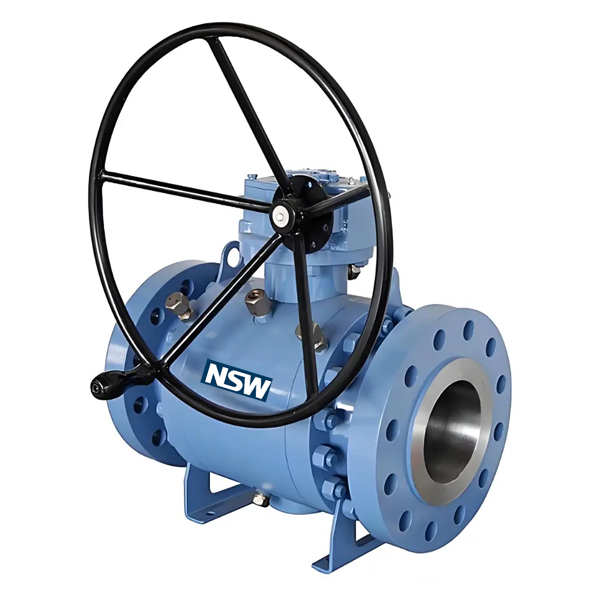23 Various Names of Ball Valves
In the intricate world of industrial fluid control, few components are as ubiquitous and vital as the ball valve. Renowned for its simple quarter-turn operation, reliable shut-off, and versatility, it’s a cornerstone of piping systems across countless sectors. Yet, if you’ve ever searched for one, browsed supplier catalogs, or discussed specifications with engineers, you’ve likely encountered a bewildering array of names beyond just “ball valve.” Why does this single valve type have so many aliases? Understanding “what is another name for a ball valve” is crucial for clear communication, accurate procurement, and selecting the perfect valve for your specific needs.

This proliferation of names stems from how we describe the valve’s fundamental purpose, its internal design, the materials it’s built from, its installation method, or the extreme conditions it’s engineered to handle. Let’s demystify this terminology landscape.
Post time: May-28-2025






